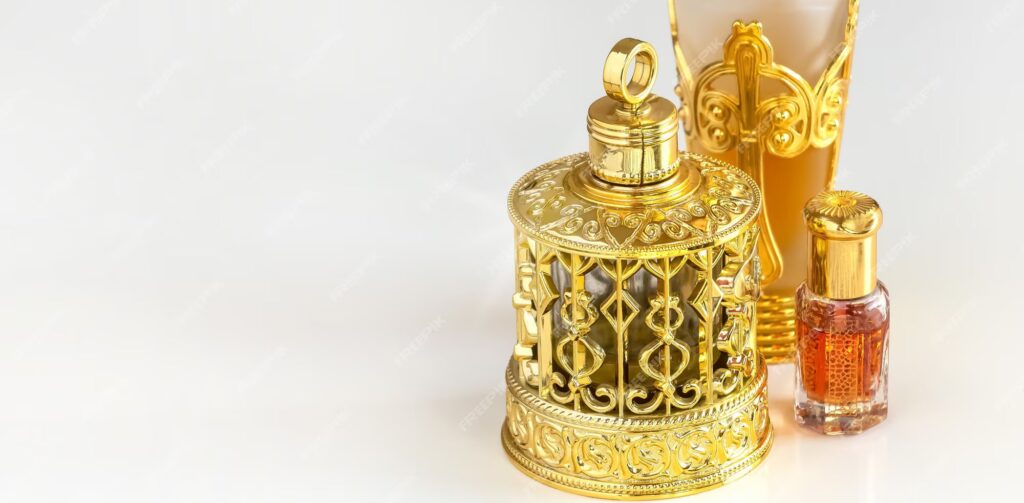Perfumery is a fascinating and intricate blend of artistry and science. It is a skillful craft that involves creating scents that not only smell good but also evoke emotions, memories, and identity. In this article, we will explore the process of fragrance creation, from the initial concept to the final product. Join us on this olfactory journey as we delve into the world of perfumery and uncover the secrets behind this captivating art form.
Understanding Fragrance Creation
Fragrance creation is a multi-step process that requires a combination of creative vision, technical expertise, and meticulous attention to detail. It involves the careful selection and blending of various ingredients to create a harmonious and unique scent. Perfumers, with their deep understanding of fragrance families and notes, play a vital role in this process.
The Role of Fragrance Families
Fragrance families are classification systems that categorize scents based on their predominant characteristics. Understanding these families is essential when creating a personalized perfume or selecting a fragrance that suits your preferences. Let’s explore some of the most common fragrance families:
-
Floral: The floral family is the most popular and widely used in fragrances. It encompasses scents that resemble fresh-cut flowers, such as rose, jasmine, and violet. Floral fragrances are typically associated with femininity but are increasingly being used in men’s colognes as well.
-
Oriental: Warm and sensual, oriental fragrances evoke the exotic spices and sweet resins of the East. They often combine notes like vanilla, amber, and spices with floral accords, creating rich and captivating scents.
-
Gourmand: Gourmand fragrances are characterized by their edible or dessert like qualities. They often feature notes such as chocolate, caramel, vanilla, and honey, creating scents that remind us of delicious treats and desserts. Gourmand fragrances are indulgent and comforting.
-
Woody: Woody fragrances evoke the scent of forests and woods, with notes such as sandalwood, cedarwood, and patchouli. These scents are often warm, earthy, and grounding, making them popular choices for both men’s and women’s fragrances.
-
Citrus: Citrus fragrances are fresh, vibrant, and invigorating. They feature notes such as lemon, orange, bergamot, and grapefruit, which give them a zesty and uplifting quality. Citrus scents are perfect for hot summer days or when you need a burst of energy.
-
Fougère: Fougère fragrances are often associated with masculinity and are characterized by their herbaceous and aromatic qualities. They typically feature notes like lavender, coumarin, and oakmoss, creating a fresh and clean scent.
Understanding the fragrance families helps perfumers create balanced and well-rounded scents. They can combine different notes from various families to achieve a desired effect or create a unique and innovative fragrance.
The Perfumer’s Palette: Fragrance Notes

Fragrance notes are the building blocks of a perfume. They are individual scents that contribute to the overall fragrance composition. Perfumers carefully select and blend these notes to create a well-rounded and harmonious scent. Here are some common fragrance notes:
-
Top Notes: These are the initial impressions of a fragrance and are the first scents you smell. Common top notes include citrus, herbal, and light floral scents. They are typically fresh and evaporate quickly.
-
Middle Notes: Also known as heart notes, these scents emerge after the top notes have evaporated. They form the main body of the fragrance and often include floral, fruity, or spicy scents. Middle notes provide depth and character to the perfume.
-
Base Notes: Base notes are the foundation and longest-lasting part of a fragrance. They are often rich, warm, and earthy scents like amber, musk, or vanilla. Base notes give the perfume longevity and stability.
Perfumers use their expertise and creativity to combine these notes in different proportions to create unique and captivating fragrances. They carefully consider the interaction between the top, middle, and base notes to ensure a harmonious and well-balanced scent.
The Perfume Creation Process
The process of creating a perfume involves multiple stages, each requiring precision and artistic flair. Here is an overview of the typical perfume creation process:
-
Conceptualization: The first step is defining the concept and inspiration for the fragrance. This could be a specific theme, a memory, or a desired emotion. The perfumer works closely with the client or brand to understand their vision and create a brief for the fragrance.
-
Ingredient Selection: Once the concept is established, the perfumer selects the ingredients that will form the fragrance. This includes choosing the main accords, such as floral, woody, or citrus, and selecting specific notes within each accord.
-
Formulation: The perfumer then blends the selected ingredients in precise measurements to create the desired fragrance. This involves experimenting with different proportions and combinations to achieve the perfect balance.
-
Evaluation: After formulating the fragrance, it undergoes rigorous testing and evaluation. Perfumers assess its scent, longevity, and performance on different skin types. They make adjustments as needed to achieve the desired result.
-
Refinement: Once the initial fragrance is evaluated, the perfumer refines the formula further, making any necessary adjustments or enhancements. This stage often involves multiple iterations and fine-tuning to achieve the desired scent.
-
Production: Once the final fragrance is approved, it moves into production. The formulation is scaled up, and the perfume is bottled and packaged for distribution.
The entire perfume creation process can take several months or even years, depending on the complexity and refinement required. It requires a delicate balance of artistry, technical knowledge, and sensory intuition to create a fragrance that captivates and delights.
The Impact of Fragrance
Fragrance has a profound impact on our emotions, well-being, and personal identity. It has the power to evoke memories, create moods, and enhance our overall experience. Fragrances can make us feel confident, sensual, or uplifted, and they often become an integral part of our personal style.
Perfumers understand the significance of scent and how it can







